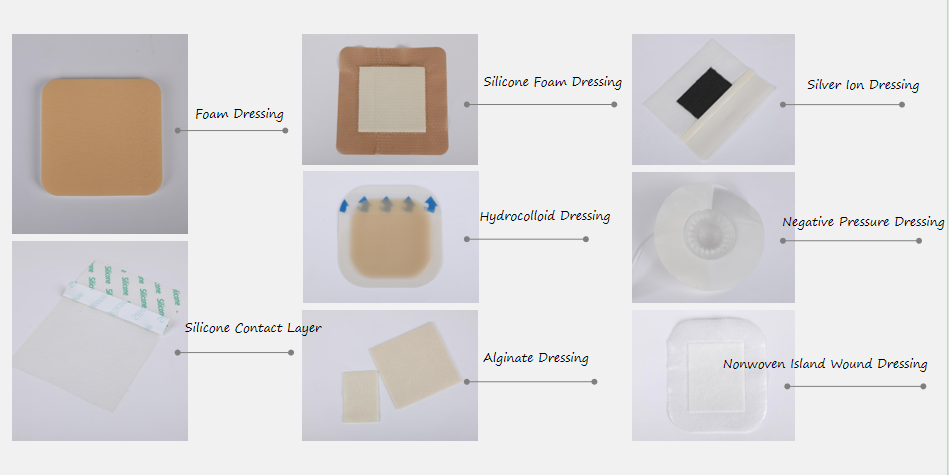During the wound-healing process, it is crucial to accurately measure and record the dimensions of the wound. It not only helps us understand the current status of the wound but also monitors its progress in healing. Today we will revisit the basic steps of how to measure and document wounds.
(1) Measure the wound size:
Measuring a wound requires measuring the longest diameter of the wound, which is called the "length." There is also the distance perpendicular to the length at the widest point, which is labeled "width". Additionally, we need to measure the deepest part of the wound bed to determine its "depth." All these measurements should be in centimeters (cm).
Measure the wound
(2) Record the wound location:
To document a pressure injury, we need to identify its location. This includes where the wound is located on the body, such as the inside of the left knee, or the abdomen, knee, sacrococcyx, greater trochanter (hip), ischial tubercle (hip), heel, ankle, etc. The location description should be specific enough so that healthcare professionals know the exact area that needs treatment.
(3) Wound shape:
The stage, size, exudate, color, odor, edge condition, base condition, and condition of the surrounding skin of the wound need to be recorded in detail. For example, the amount of exudate can be none, dry, minimal, small, medium, large, or very large, while its color can be serous (thin, watery, clear), blood (bright red), or serous (thin). , watery, light red to pink), etc. The condition of the wound base may include necrotic tissue, slough, and eschar.
(4) Wound pain assessment:
Pain assessment is also an important part of the wound-healing process. Pain assessments are performed before, during, and after treatment, usually using a scale of 1-10. Based on the results of the assessment, we can implement appropriate pain interventions.
By accurately measuring and recording the size of the wound and recording the various characteristics of the wound in detail, we can better understand the healing of the wound and provide an important basis for formulating effective treatment plans. Observing and understanding the various stages of wound healing and making timely adjustments to the treatment plan are key to ensuring a speedy recovery for the patient. We need to be vigilant and pay attention to every detail to ensure patients have a smooth recovery period.
For more information on Innomed® Silicone Foam Dressing, refer to the previous articles. If you have customized needs, you are welcome to contact us; we will serve you wholeheartedly.
At Longterm Medical, we transform this data by innovating and developing products that make life easier for those who need loving care.
Editor: kiki Jia

 English
English عربى
عربى Español
Español русский
русский 中文简体
中文简体








